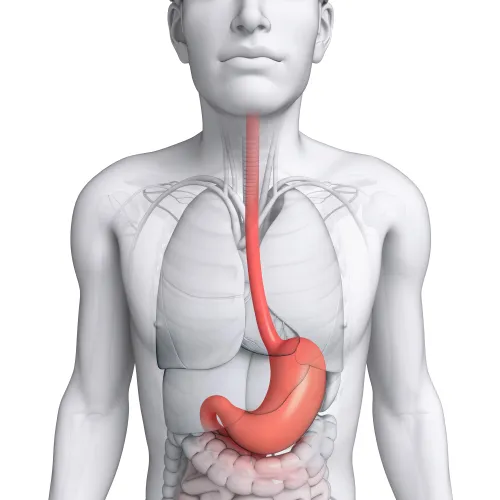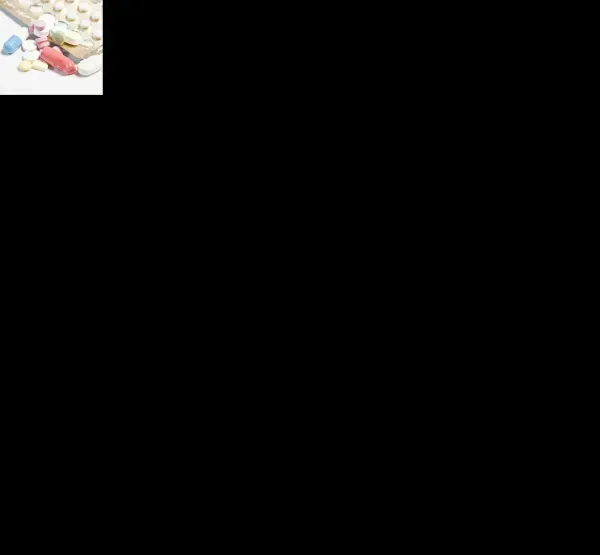Gastroenterology Coding Alert
Overcome Common ERCP Coding Confusion with These Expert Tips
And learn which modifiers to use with different procedures. Even though you’re dealing with a limited code set, it’s easy to run into coding challenges as a gastroenterology coder. If you’re familiar with that fork-in-the-road feeling when faced with confusion about procedure details, modifiers, and documentation discrepancies, then you’re no stranger to the endoscopic retrograde cholangiopancreatography (ERCP) codes. In this article we’ll discuss a few different ERCP codes and the common challenges associated with them, as well as what kinds of documentation to look for to ensure clean claims. Procedure refresh: ERCP is a procedure where the gastroenterologist uses an endoscope and fluoroscopy and still images with dye injected into the pancreatic and bile ducts. ERCP helps providers diagnose and treat conditions such as gallstones, inflamed gallbladders, bile duct blockages, pancreatitis, and pancreatic cancer. Review What’s What Within the ERCP Code Set Identify the procedure codes: ERCP codes fall between 43260 (Endoscopic retrograde cholangiopancreatography (ERCP); diagnostic, including collection of specimen(s) by brushing or washing, when performed (separate procedure)) and 43278 (… with ablation of tumor(s), polyp(s), or other lesion(s), including pre- and post-dilation and guide wire passage, when performed). Though not in the descriptors, watch out for the fact that fluoroscopy is always part of any ERCP procedure. This means you won’t report 76000 (Fluoroscopy (separate procedure), up to 1 hour physician or other qualified health care professional time) with any of codes in the 43260-43278 range. Don’t discount S&I: Radiologic supervision and interpretation (S&I) codes describe the supervision of the radiologic portion of a procedure by one or more physicians and include the interpretation of the findings. You may be able to report radiologic supervision codes for ERCP, but only if the radiologist is not the primary provider of the ERCP interpretation. The following codes describe the radiological expertise required in performing ERCP to the respective extent of catheterization: Modifier alert: When radiologic supervision is performed in a hospital or facility setting, you’ll need to append modifier 26 (Professional component) to convey the provider only performed that one component of the procedure. Documentation alert: Documentation must be included that shows a separate, distinct indication of findings. This can be done as a separate paragraph within the ERCP report, or it can be presented as a separate report containing just the interpretation. Coding alert: If the provider is unable to guide the catheter successfully into the desired duct and thus inject the dye, the procedure is no longer considered ERCP. “If you’re unable to cannulate or inject the dye, and no other procedure is done to the biliary system, report 43235 [Esophagogastroduodenoscopy, flexible, transoral; diagnostic, including collection of specimen(s) by brushing or washing, when performed (separate procedure)],” said Jessica Miller, CPC, CPC-P, CGIC, profee division coding manager at Ciox Health in Chattanooga, Tennessee during her recent presentation on recent GI coding changes and challenges, “Ain’t Nothin’ But a Gastro Thang” at HEALTHCON Regional 2022 in Denver, Colorado. Recall ERCP With Removal of Debris Turn to 43264 (Endoscopic retrograde cholangiopancreatography (ERCP); with removal of calculi/debris from biliary/pancreatic duct(s)) when the physician removes calculi, such as gallstones, or other debris. The procedure includes the balloon sweep that clears the stones and debris from the duct. This seems straightforward, but you’ll need to be aware of the following stipulations: Coding alert: CPT® includes a reminder with the 43264 descriptor that says, “For percutaneous removal of calculi//debris, use +47544 [Removal of calculi/debris from biliary duct(s) and/or gallbladder, percutaneous, including destruction of calculi by any method…],” but be careful. CPT® +47544 is an add-on code that you cannot report with 43264. Possible primary codes fall within the range of the percutaneous biliary tract procedure codes 47531-47540. Solidify the Ins and Outs of ERCP with Sphincterotomy Anatomy refresh: In the GI tract, sphincters are muscle valves located in the esophagus, stomach, ileocecal area, and in the biliary system. The anal sphincter is crucial to controlling bowel movements and gas passage. A sphincterotomy is a procedure in which the surgeon cuts the sphincter to reduce tension to help heal fissures in the anus, The procedure can also involve enlarging the opening of the bile or pancreatic duct to improve drainage. Turn to 43262 (Endoscopic retrograde cholangiopancreatography (ERCP); with sphincterotomy/ papillotomy) to code a sphincterotomy. The tricky part comes with knowing which additional codes can be reported and which can’t. You can report CPT® 43262 with the following codes: If your GI places a stent or replaces a stent in the same location, do not report the sphincterotomy separately, as evidenced by the descriptors (emphasis added): Strengthen Your Understanding of ERCP with Stents Procedure refresh: A stent is a tube placed in the bile or pancreatic duct to hold it open to allow for drainage. Place and replace stents with these codes: Turn to 43274 for initial stent placement, and 43276 when the physician replaces the stent with a new one. The challenge here is understanding which codes can be reported more than once, and which ones can’t. The initial placement and exchange codes represent a single duct, as the descriptors indicate. Therefore, report each stent placement or exchange separately. For example, if the gastroenterologist exchanges two stents in the common bile duct, you’ll report 43276 on the first line, then 43276 on the second line. This all differs, however, when the physician removes one or more stents. You can only report 43275 once, even if the physician removes multiple stents. Modifier alert: When reporting stent placement in the pancreatic duct and the common bile duct during the same operative session, stents in the right and left hepatic ducts, or two stents side-by-side in the same duct, report 43274 for each stent and append modifier 59 (Distinct procedural service). Similarly, when reporting 43276 twice, append modifiers 76 (Repeat procedure or service by same physician or other qualified health care professional), 59, or XS (Separate structure, a service that is distinct because it was performed on a separate organ/structure) to the second stent code, depending on the payer policy. Documentation alert: Be sure to include any notes that indicate exact locations for each procedure.

Related Articles
Gastroenterology Coding Alert
- Procedure Coding:
Overcome Common ERCP Coding Confusion with These Expert Tips
And learn which modifiers to use with different procedures. Even though you’re dealing with a [...] - E/M Coding:
Dominate Data Counting with This MDM Advice
Look for additional advice on when not to count data.
As you learned from [...] - Practice Management:
Practice These Tips to Become a Pro Payer Contract Negotiator
Hint: Persistence is crucial. As we sprint toward 2023, now might be time to run [...] - You Be the Coder:
Understand Ulcer Coding With This Scenario
Question: Our gastroenterologist saw a 66-year-old patient who complained of severe stomach pain and frequent [...] - Reader Question:
Avoid Prepopulating Encounter Notes
Question: One of our interns sometimes helps out as a scribe. I have noticed that [...] - Reader Question:
Be Privy to Incident-To Rules
Question: A new patient came in and the nurse practitioner (NP) took the initial history [...] - Reader Question:
Stick to Intended Procedure in This 'Quick Look' Scenario
Question: The physician took a quick look past the duodenum during an EGD. Do I [...]




